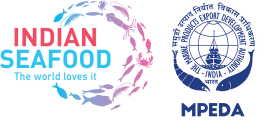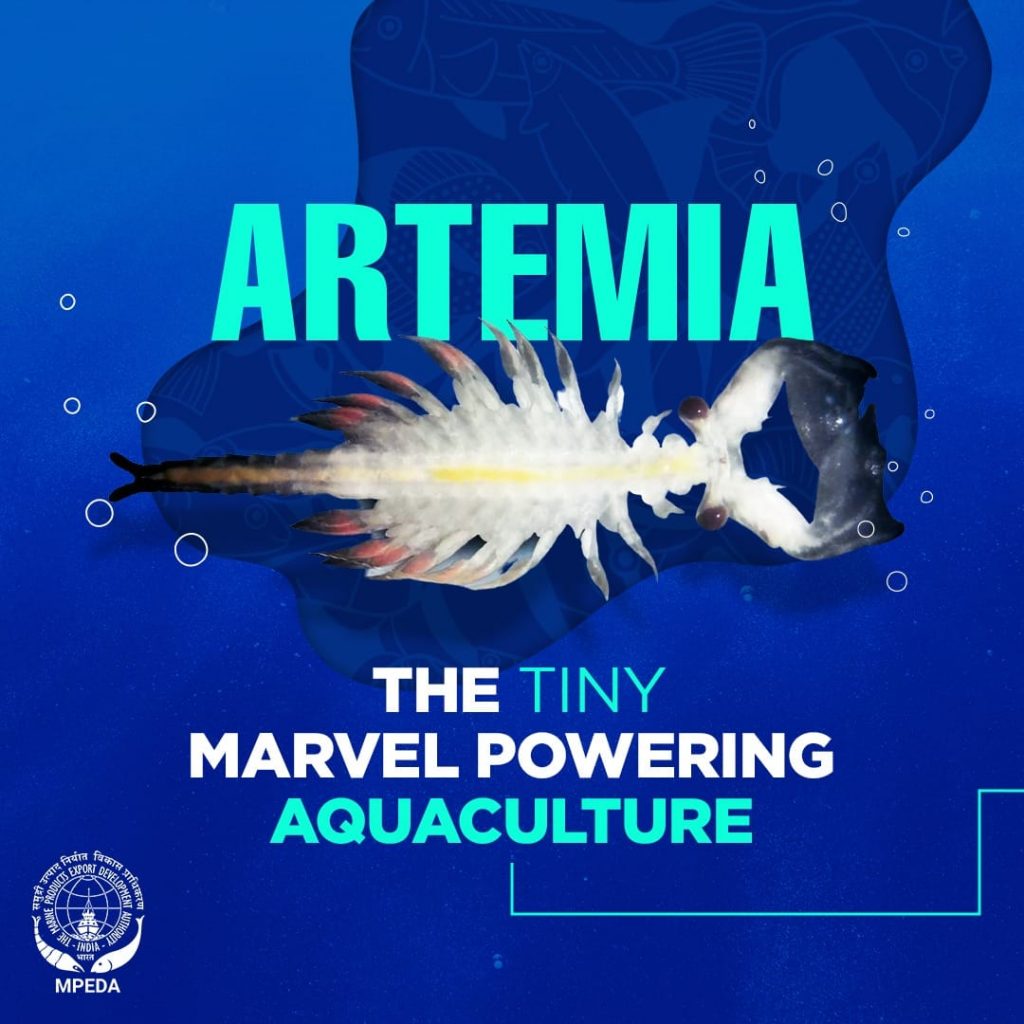In the world of aquaculture, a quiet revolution is taking place, and at its center is a small but mighty organism—the Brine Shrimp, also known by its scientific name, Artemia. This tiny crustacean is transforming how hatcheries around the globe nurture aquatic life, particularly in the shrimp farming industry. A vital live feed for marine larvae, Artemia has become indispensable in over 85% of hatcheries, enabling more efficient and sustainable growth of various aquatic species. But what makes this tiny creature such a game-changer?
Let’s dive into the fascinating world of Artemia and discover how it is shaping the future of aquaculture.
The Role of Artemia in Aquaculture
Aquaculture is one of the fastest-growing sectors in the global food industry, and ensuring the successful rearing of fish, shrimp, and other marine species is crucial to its sustainability. One of the key challenges in hatcheries is providing the right nutrition to marine larvae, particularly during the early stages of their development. This is where Artemia, or brine shrimp, comes into play.
Artemia cysts, which are the dormant eggs of brine shrimp, are a nutrient-rich live feed that can be hatched and used to nourish larvae in aquaculture facilities. Once hatched, the tiny Artemia nauplii (larvae) are an ideal size and nutritional composition for feeding shrimp larvae and other marine species. Their digestibility, high protein content, and essential fatty acids make them the perfect first meal for aquatic larvae, ensuring strong growth and better survival rates.
The flexibility and ease of storing Artemia cysts further add to their appeal. These cysts can remain dormant for long periods and, when needed, can be hatched within hours by simply immersing them in seawater. This reliability and convenience make Artemia a go-to feed for aquaculture hatcheries worldwide.
The Powerhouse of Aquaculture: Pearl Brand Artemia Cysts
Among the various sources of Artemia, the Pearl brand Artemia cysts, produced by MPEDA-RGCA (Marine Products Export Development Authority’s Rajiv Gandhi Centre for Aquaculture), have emerged as a standout product. Known for their exceptional quality, these Artemia cysts boast an impressive hatching rate of 90-95%, making them one of the most reliable options on the market.
This high hatching rate is critical for hatcheries that depend on consistent and predictable yields to meet their production goals. A higher hatching rate means more live feed available for the larvae, leading to better feeding efficiency and higher survival rates. With Pearl brand Artemia cysts, hatcheries can count on superior results, ensuring their aquatic species get the best start in life.
Why Artemia is Crucial for Shrimp Hatcheries
Artemia’s importance is particularly evident in shrimp hatcheries, which heavily rely on live feeds during the early stages of shrimp development. Shrimp larvae are highly sensitive to the quality and availability of food during the first few days of their life. Without proper nutrition, the larvae’s survival rate drops, negatively impacting the productivity of the hatchery.
Artemia nauplii provide an ideal solution, offering the necessary nutrients in a form that shrimp larvae can easily digest and absorb. This leads to healthier and faster-growing shrimp, ensuring that hatcheries can meet the increasing global demand for farmed shrimp.
By using Artemia as live feed, hatcheries not only improve shrimp survival rates but also enhance the overall quality of the shrimp produced, making them more marketable and increasing their value in the global seafood trade.
Sustainability and the Future of Artemia in Aquaculture
As the aquaculture industry grows, so does the need for sustainable practices. Artemia plays a vital role in this regard. With growing concerns over overfishing and the depletion of natural feed sources, hatcheries are turning to more sustainable options like cultured Artemia.
By providing a controlled, renewable, and eco-friendly feed source, Artemia cysts, such as those from MPEDA-RGCA’s Pearl brand, contribute to reducing the environmental impact of aquaculture operations. Moreover, they promote the efficient use of resources by improving the growth rates and health of marine species, ultimately reducing waste and increasing yield.
The MPEDA-RGCA Advantage
MPEDA-RGCA’s Pearl brand Artemia cysts have earned a reputation for quality and reliability. Produced using cutting-edge aquaculture techniques, these cysts ensure the highest standards in hatching efficiency and nutrient density. Their superior performance has made them a trusted choice for hatcheries not just in India, but across the world.
The 90-95% hatching rate offered by Pearl brand Artemia cysts is a testament to the rigorous quality control and expertise behind the product. Hatcheries that choose Pearl Artemia can rest assured they are using a product that delivers consistent results, enabling them to optimize their operations and meet the growing demand for sustainable, high-quality seafood.
A Bright Future for Artemia and Aquaculture
As aquaculture continues to expand, the importance of Artemia as a live feed will only grow. Its unique nutritional profile, ease of use, and sustainability make it an essential component of modern aquaculture practices. With products like MPEDA-RGCA’s Pearl brand Artemia cysts leading the charge, the future of aquaculture looks promising.
Whether you are a hatchery manager or an aquaculture enthusiast, it’s clear that Artemia is a key player in the success of aquatic farming. From shrimp hatcheries to fish farms, this tiny crustacean is helping to revolutionize the industry, one cyst at a time.
Embrace the power of Artemia and experience the benefits of Pearl brand Artemia cysts—where innovation meets sustainability in aquaculture.


